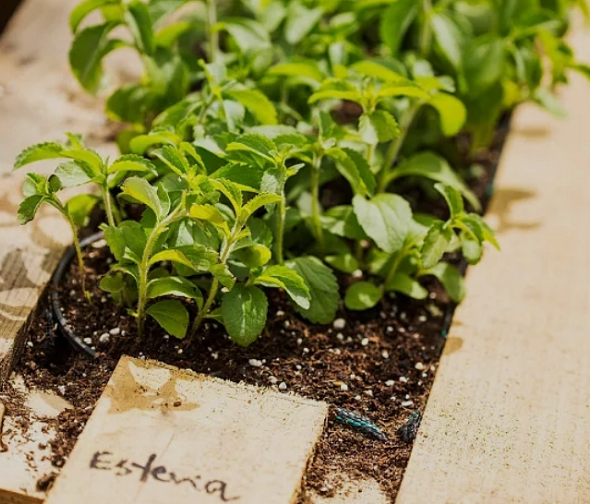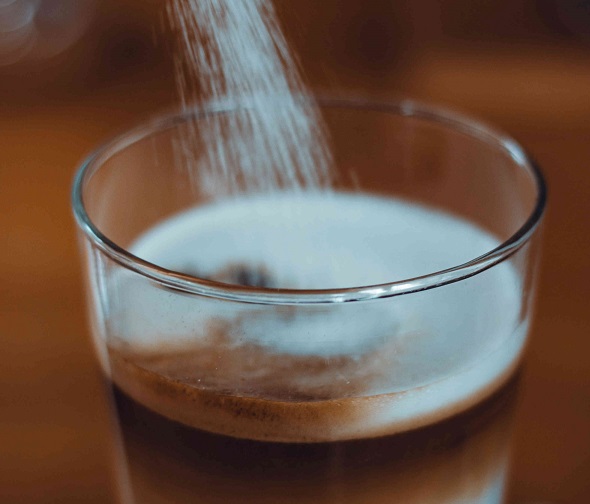Why is STv nervous?

 STv is actually a kind of stevia side. Since stevia side is a mixture, there are two key reference contents, one is the content of RA and the other is the content of STv, when the total glycosides are satisfied to 95%.
STv is actually a kind of stevia side. Since stevia side is a mixture, there are two key reference contents, one is the content of RA and the other is the content of STv, when the total glycosides are satisfied to 95%.
Under normal circumstances, the total content of glycosides is 95%, the content of STv is about 40%, and the content of RA is 60%, commonly known as 9560. Similarly, there are specifications called 9550 or even 9540. Using 9540 as an example, RA accounts for 40%, and STv accounts for nearly 50% more.
So the 9540 specification is getting more and more tight now. Originally, 9540 represented a lower specification because it contained less RA and, in theory, should not taste as good as 9560. Now because of the shortage of supply chain, 9540 is more expensive than 9560. This year, there was such a situation, we colloquially known as RA and STv upside down.
So why the upside down?
There are mainly two reasons, one is the supply chain. The other is consumer demand.

 From the perspective of supply chain, we have seen a trend in the last five years, that is, stevia planted in China is increasingly concentrated on varieties with high RA, represented by Pu6 and Green 9.
From the perspective of supply chain, we have seen a trend in the last five years, that is, stevia planted in China is increasingly concentrated on varieties with high RA, represented by Pu6 and Green 9.
The so-called high yield refers to the three high:
· The first is high yield, with an average yield of 380kg to more than 380kg of dry leaves per mu;
· Second, the high content of total glycosides in stevia's dried leaves;
· The third is the high content of RA in the total glycosides.
The content of RA is in the middle of the current trading stevia, accounting for more than 70% of the total glycosides. In other words, in the last five years, it can be found that the supply of RA is very abundant, while STv is increasingly insufficient. This is the background of the supply chain.

 The other background is the demand-side background, stevia side is a high-power sweetener, like 9560 or 9540 mentioned above, which is between 200 and 300 times sweeter. This also means that it is used in very small amounts in beverages and foods, usually between 60 and 120ppm.
The other background is the demand-side background, stevia side is a high-power sweetener, like 9560 or 9540 mentioned above, which is between 200 and 300 times sweeter. This also means that it is used in very small amounts in beverages and foods, usually between 60 and 120ppm.
In the actual preparation of food and drink, a large proportion of sweeteners still come from other sugar substitutes or sweeteners. Therefore, in the process of application of stevia glycoside, it is a process of compounding and synergism, which requires a large number of experiments and verification. In a word, this formula has a certain stability.
In the early years, when the RA97 and even 9560 became common specifications, these manufacturers did a lot of work to verify the compound formulation. In this case, although it is possible to replace 9540 with a better 9560, it is difficult for the manufacturer to re-adjust the formula through the verification process. In addition, the cost of 9540 does not account for much of the formula of a drink, so the manufacturer has less incentive to verify a new ingredient formula.
 Manufacturers will still require stevia sides that require high STv, resulting in a strain on STv when total supply decreases while demand remains constant. Now the price of pure STv is inverted compared to pure RA.
Manufacturers will still require stevia sides that require high STv, resulting in a strain on STv when total supply decreases while demand remains constant. Now the price of pure STv is inverted compared to pure RA.
RA dropped from 600-500 yuan to 300 yuan. Although STv's taste and bitter taste are not as good as RA's, but because of the inertia of demand, it is upside down. The current price of STv is 500 yuan, so in the future, this problem will always become a reality.
How do you solve it?
It may still have to wait until the formula is produced, applied, and iterated forward from generation to generation. More use of high RA specifications, so that the demand of food and beverage manufacturers transfer to high RA specifications, in order to slowly solve the immediate problem.